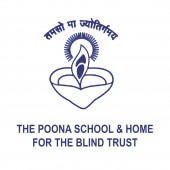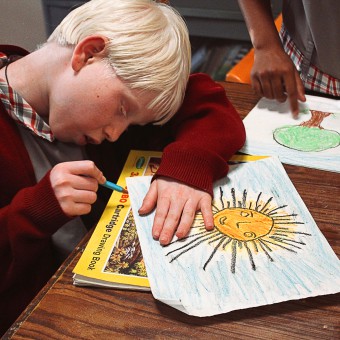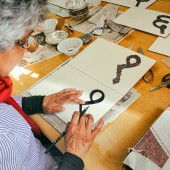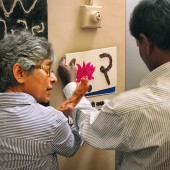Signage For Visually Impaired Signage for Visually Impaired Girls by Neeta Verma |
Home > Winners > #84519 |
| CLIENT/STUDIO/BRAND DETAILS | |
 |
NAME: The Poona School and Home for Blind Girls, India PROFILE: The Poona School and Home for the Blind Girls is a school that serves visually impaired girls from the ages 6 all the way until 21. It was established in the year 1974 in the city of Pune, India. The school is a boarding school where students are given education in their early years and vocational training as they prepare to graduate and step out into society. The blind school trust promotes inclusivity in its policy by accepting visually impaired girls from all socio-economic backgrounds. It aims at fully integrating these students with the environment outside as independent members of our modern society. Currently, the school serves around 121 girls at its facility. Most of these students are also residents on campus. The education and boarding are entirely supported by the trust and provided to the students free of charge. |
| AWARD DETAILS | |
 |
Signage For Visually Impaired Signage For Visually Impaired Girls by Neeta Verma is Winner in Social Design Category, 2018 - 2019.· Read the interview with designer Neeta Verma for design Signage For Visually Impaired here.· Press Members: Login or Register to request an exclusive interview with Neeta Verma. · Click here to register inorder to view the profile and other works by Neeta Verma. |
| SOCIAL |
| + Add to Likes / Favorites | Send to My Email | Comment | Testimonials | View Press-Release | Press Kit |
Did you like Neeta Verma's Social Design?
You will most likely enjoy other award winning social design as well.
Click here to view more Award Winning Social Design.








